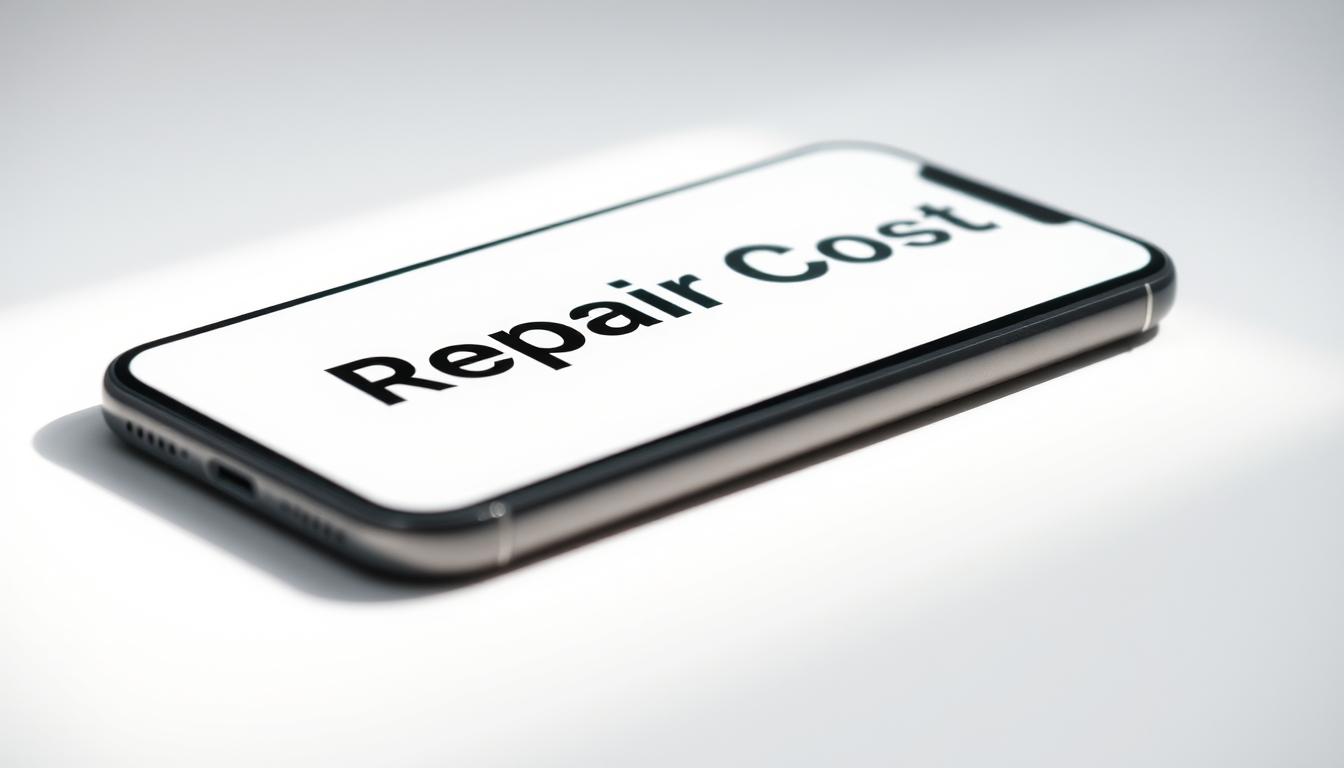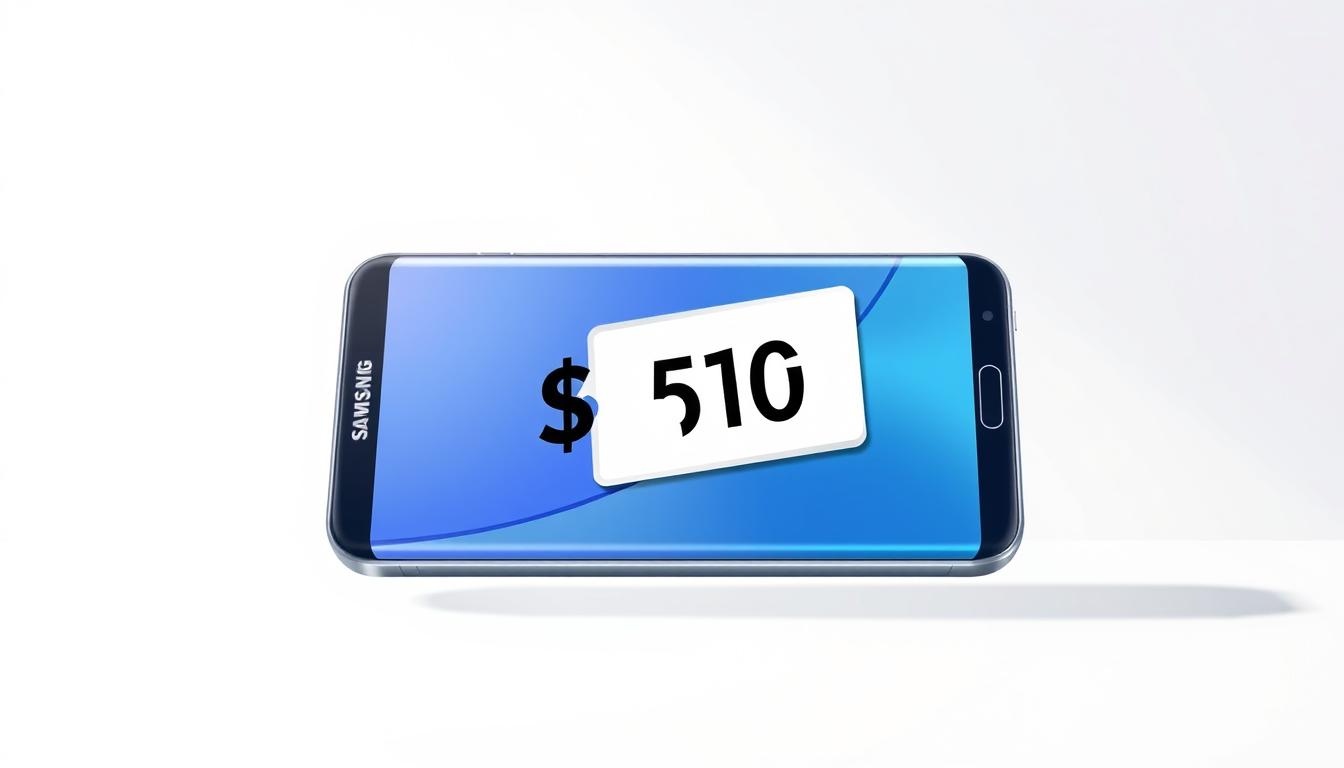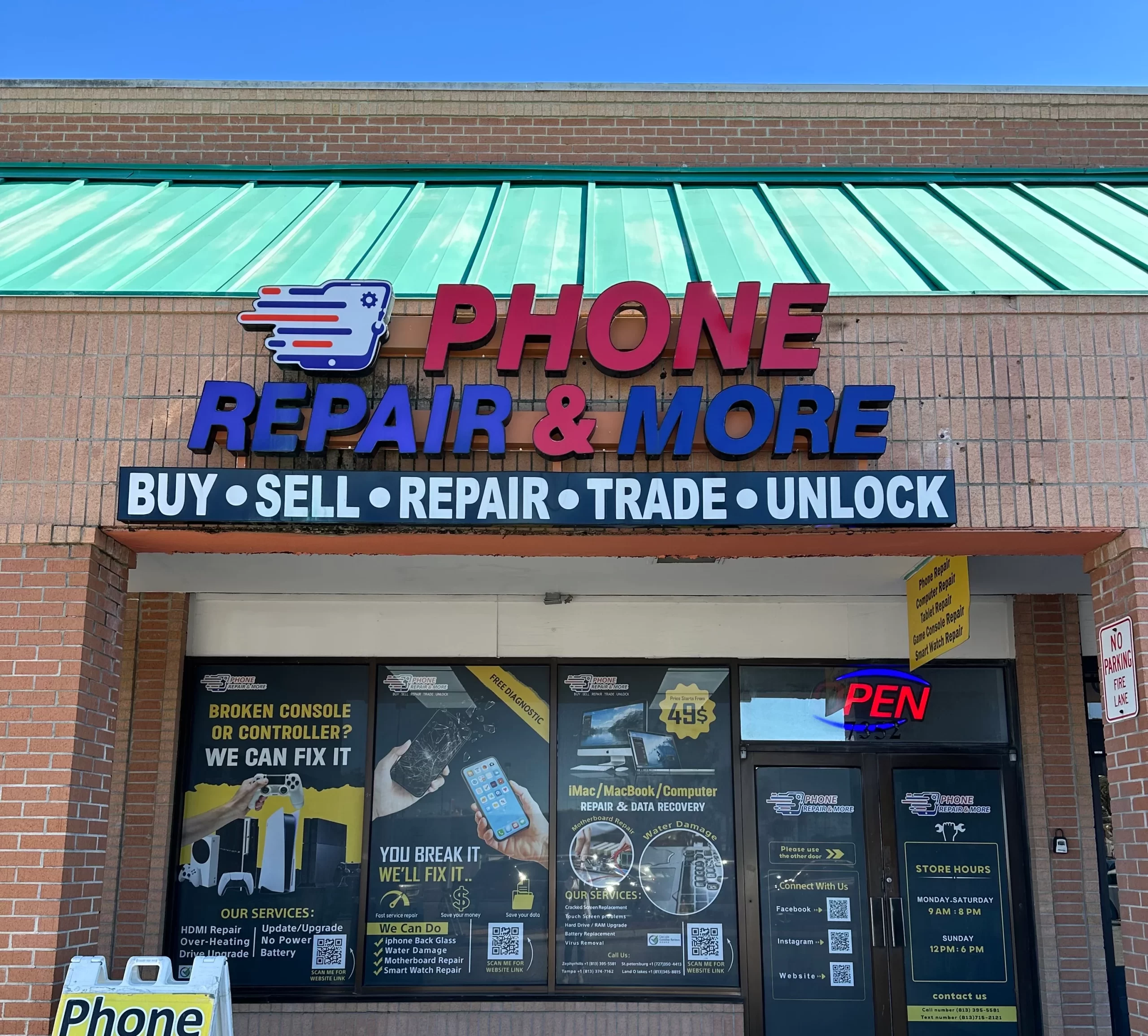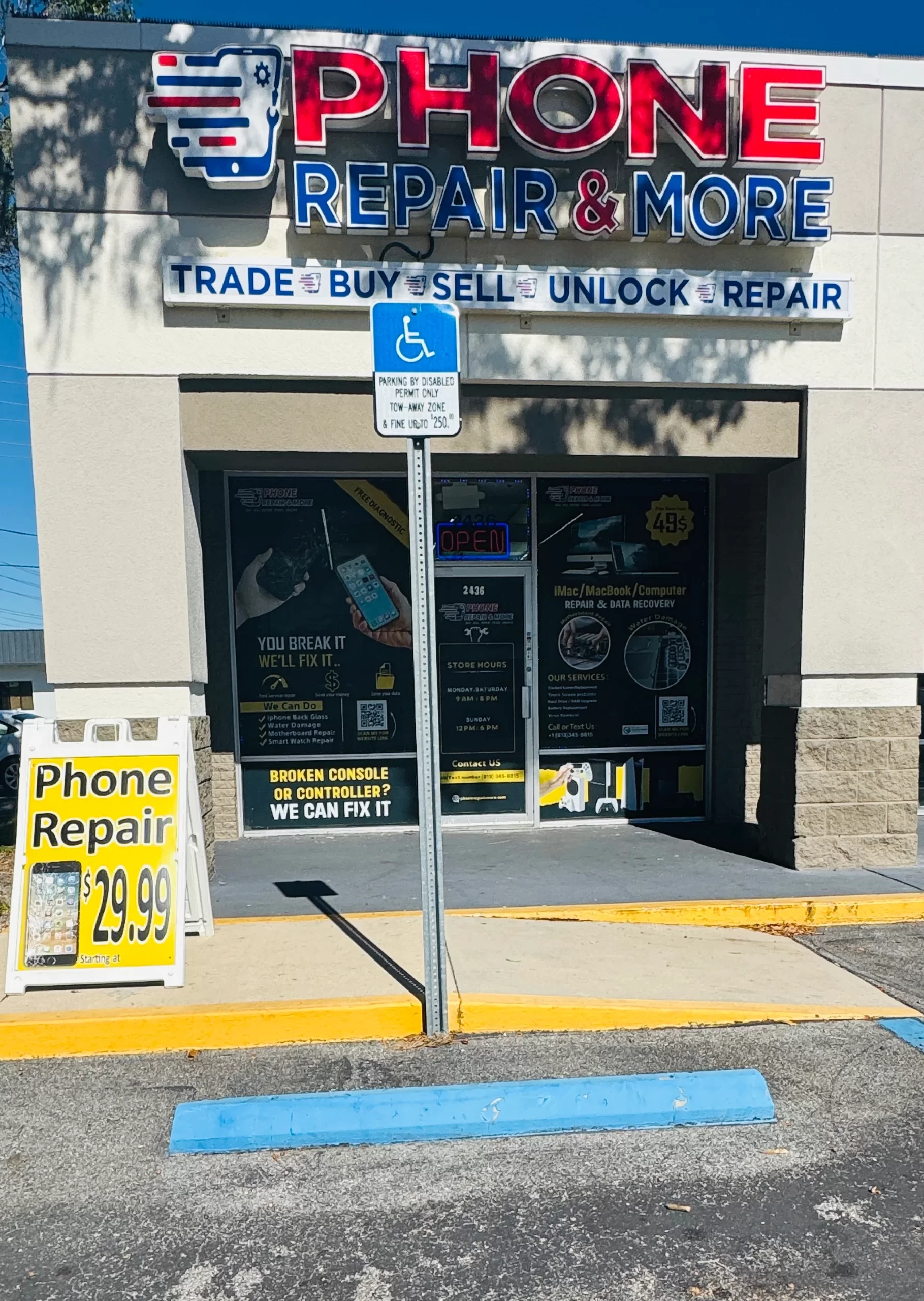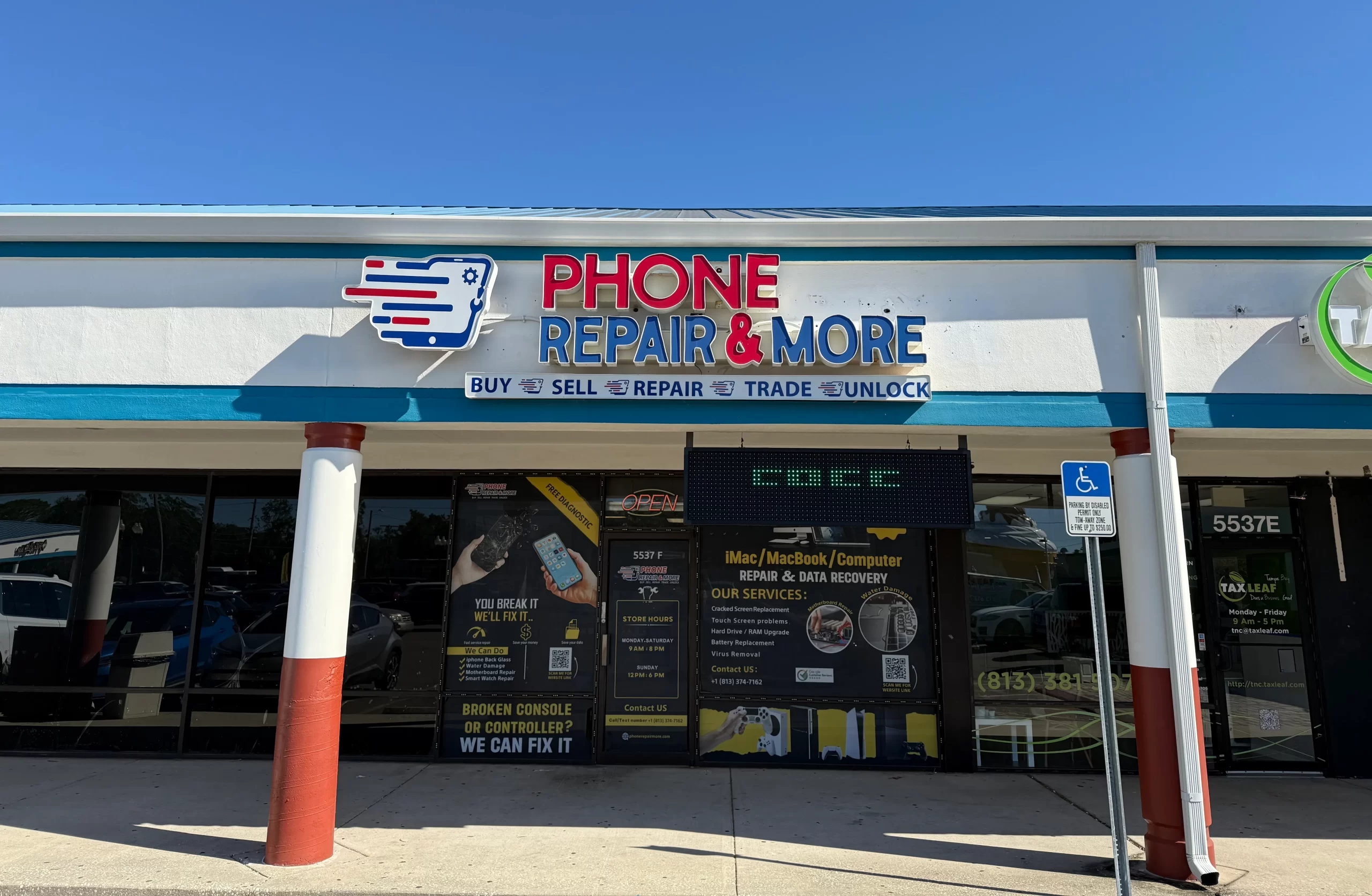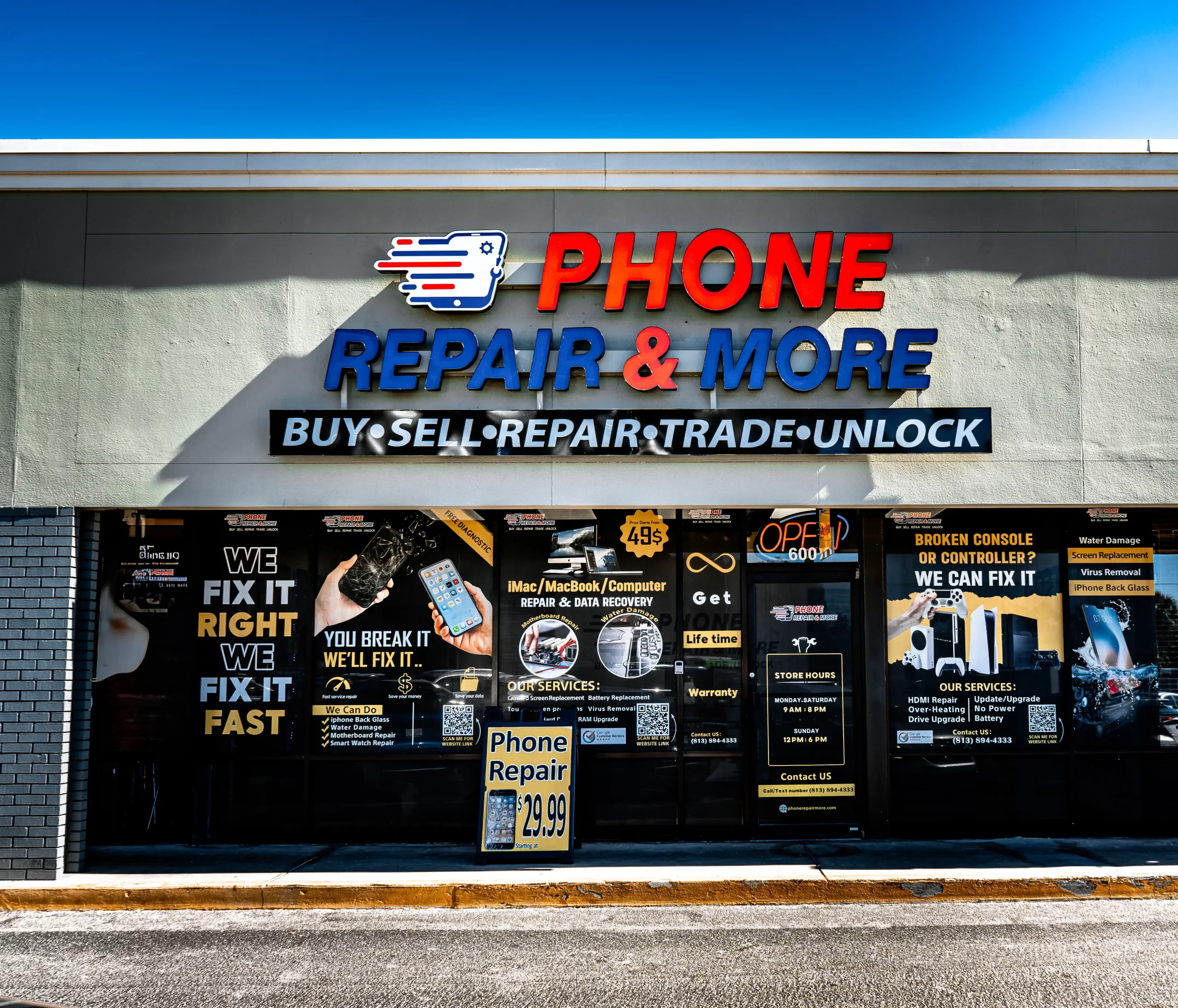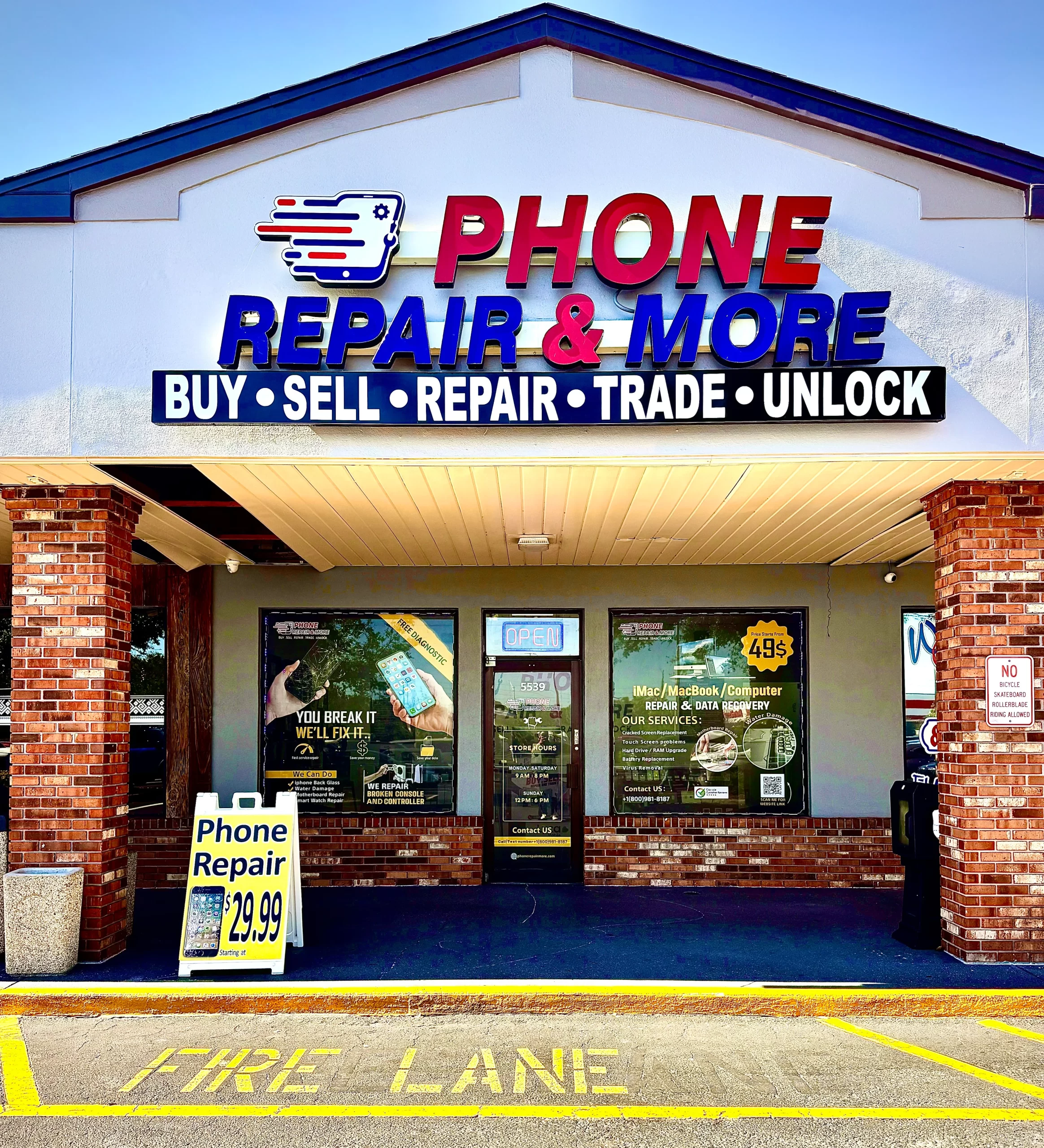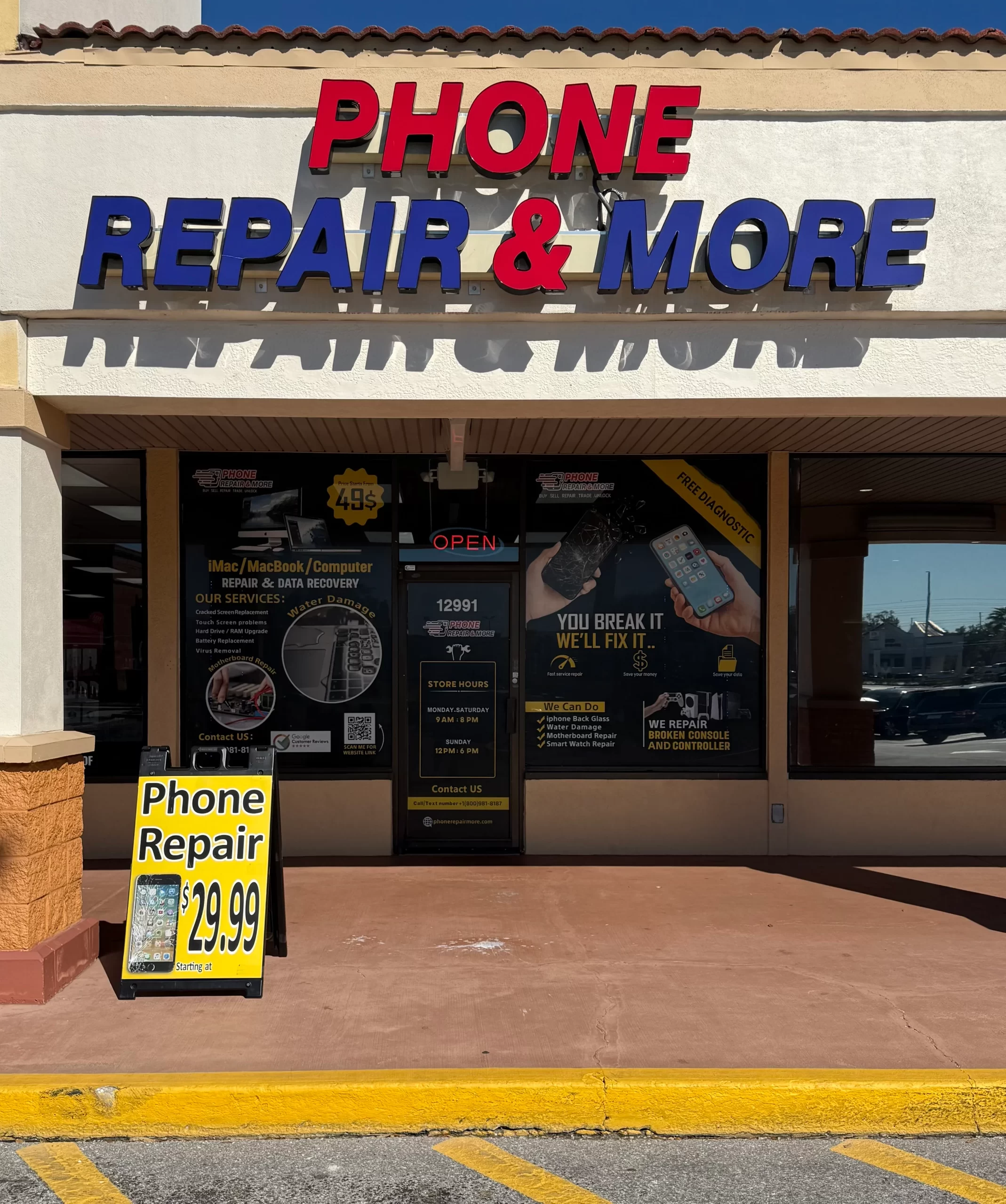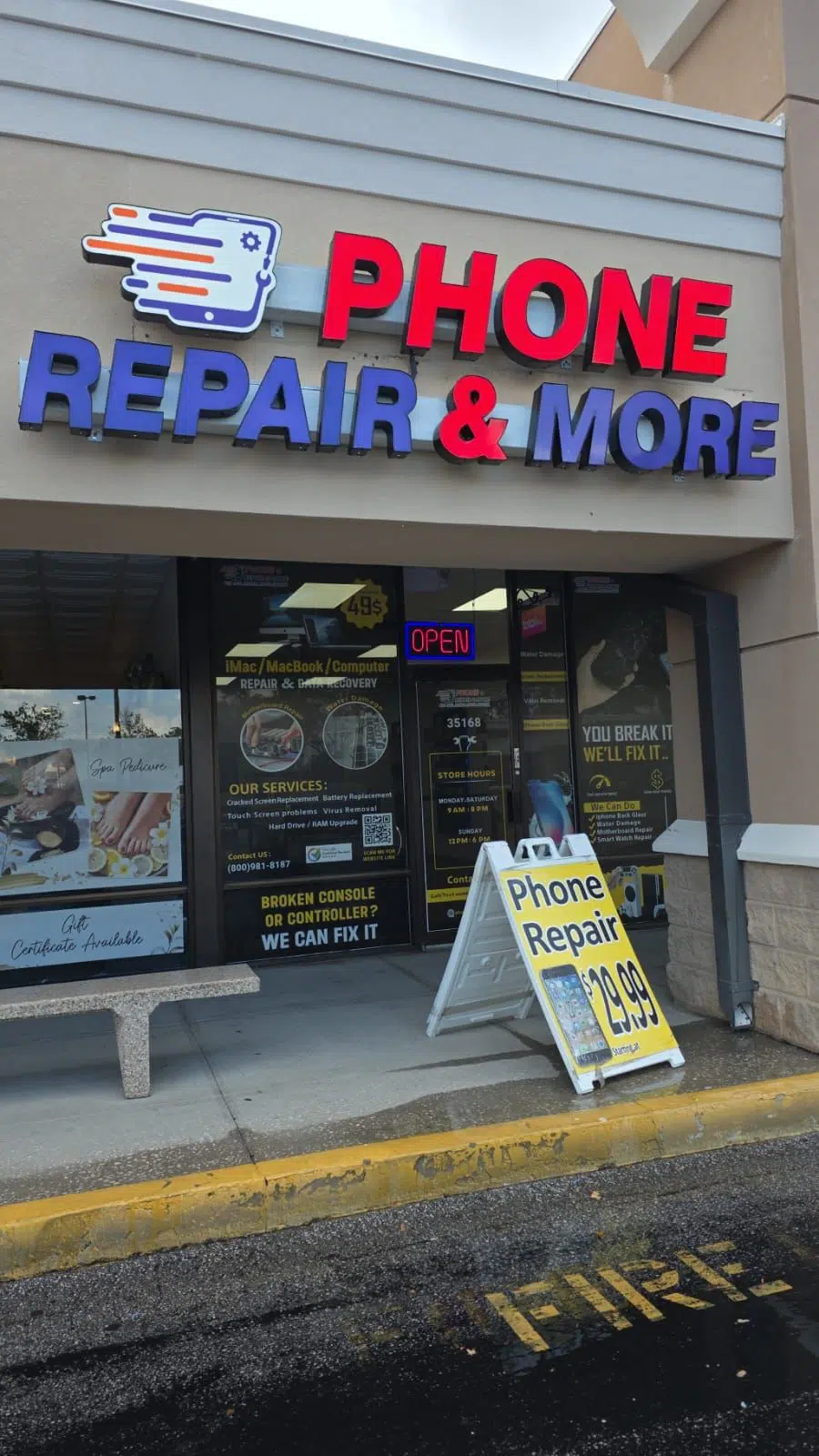Introduction
Have you ever experienced the frustration of one of your AirPods suddenly stopping to work? It can be quite annoying, especially when you’re in the middle of enjoying your favorite music or trying to have a conversation on a call. But don’t worry, you’re not alone. Many AirPods users have encountered this problem at some point.
In this article, we will explore the possible reasons why one AirPod may stop working and provide you with some troubleshooting tips to get them back in action. So, let’s dive right in!
Table of Contents
- Common Issues with AirPods
- Troubleshooting Tips
- Key Takeaways
- FAQs
- Conclusion
Common Issues with AirPods
AirPods, like any other electronic device, can encounter various issues. Here are some common problems that may cause one AirPod to stop working:
- Battery Drain: If one of your AirPods is not working, it could be due to a drained battery. The batteries in your AirPods have a limited lifespan and will eventually need to be recharged or replaced. Make sure to check the battery levels on your AirPods and charge them if needed.
- Bluetooth Connectivity: AirPods connect to your device through Bluetooth. If there is a problem with the Bluetooth connection, it can cause one AirPod to stop working. Ensure that your AirPods are properly connected to your device and try reconnecting them if necessary.
- Software Glitch: Sometimes, a software glitch can cause one AirPod to malfunction. This can happen after a software update or due to other factors. Restarting your device or resetting your AirPods can often resolve software-related issues.
- Physical Damage: Accidental drops or exposure to water can damage your AirPods and cause them to stop working. Inspect your AirPods for any visible damage and consider contacting Apple Support for further assistance if needed.
These are just a few examples of the common issues that may cause one AirPod to stop working. It’s important to identify the specific problem you’re facing to determine the best course of action.
Troubleshooting Tips
Now that we’ve discussed the common issues, let’s explore some troubleshooting tips to help you get your AirPods back in working order:
1. Check Battery Levels
Start by checking the battery levels of your AirPods. You can do this by opening the charging case near your iPhone or by checking the battery widget on your device. If one AirPod has a significantly lower battery percentage than the other, it could be the reason why it’s not working. Charge both AirPods fully and then try using them again.
2. Reconnect AirPods
If your AirPods are not properly connected to your device, it can cause one AirPod to stop working. Try disconnecting and reconnecting your AirPods by going to the Bluetooth settings on your device and selecting “Forget This Device” for your AirPods. Then, pair them again and see if both AirPods work properly.
3. Reset AirPods
If you’re still experiencing issues, you can try resetting your AirPods. To do this, go to the Bluetooth settings on your device, find your AirPods, and select “Forget This Device.” Then, put your AirPods back in the charging case, close the lid, and wait for about 30 seconds. Afterward, open the lid, press and hold the setup button on the back of the case until the LED light starts flashing white, and re-pair your AirPods with your device.
4. Update Software
Make sure that both your AirPods and your device have the latest software updates installed. Software updates often include bug fixes and improvements that can resolve issues with connectivity and performance. Check for updates in the settings of your device and follow the instructions to install them.
5. Contact Apple Support
If none of the above troubleshooting tips work and your AirPods are still not functioning properly, it’s a good idea to reach out to Apple Support. They can provide you with further assistance and guide you through more advanced troubleshooting steps or recommend a repair or replacement if necessary.
Key Takeaways
- One AirPod may stop working due to issues such as battery drain, Bluetooth connectivity problems, software glitches, or physical damage.
- Check the battery levels of your AirPods and charge them if needed.
- Reconnect your AirPods to your device to ensure a proper Bluetooth connection.
- Reset your AirPods if the previous steps don’t resolve the issue.
- Keep your AirPods and your device up to date with the latest software updates.
- If all else fails, contact Apple Support for further assistance.
FAQs
Why is only one of my AirPods working?
There could be several reasons why only one of your AirPods is working. It could be due to a drained battery, connectivity issues, software glitches, or physical damage. Try the troubleshooting tips mentioned earlier in this article to resolve the issue.
Can I replace just one AirPod?
Yes, it is possible to replace just one AirPod if needed. You can contact Apple Support or visit an authorized service center to inquire about replacement options for your specific model of AirPods.
How long do AirPods typically last?
The lifespan of AirPods can vary depending on usage and care. On average, AirPods can last for about 2-3 years before the battery performance starts to degrade. However, it’s important to note that the batteries in AirPods are not user-replaceable, so you may need to consider getting a replacement once the battery life becomes significantly shorter.
Conclusion
Experiencing one AirPod stop working can be frustrating, but there are several potential solutions to resolve the issue. From checking battery levels to resetting your AirPods, these troubleshooting tips can help you get your AirPods back in working order. Remember to keep your AirPods and your device up to date with software updates and reach out to Apple Support if you need further assistance. Don’t let a malfunctioning AirPod dampen your listening experience!



